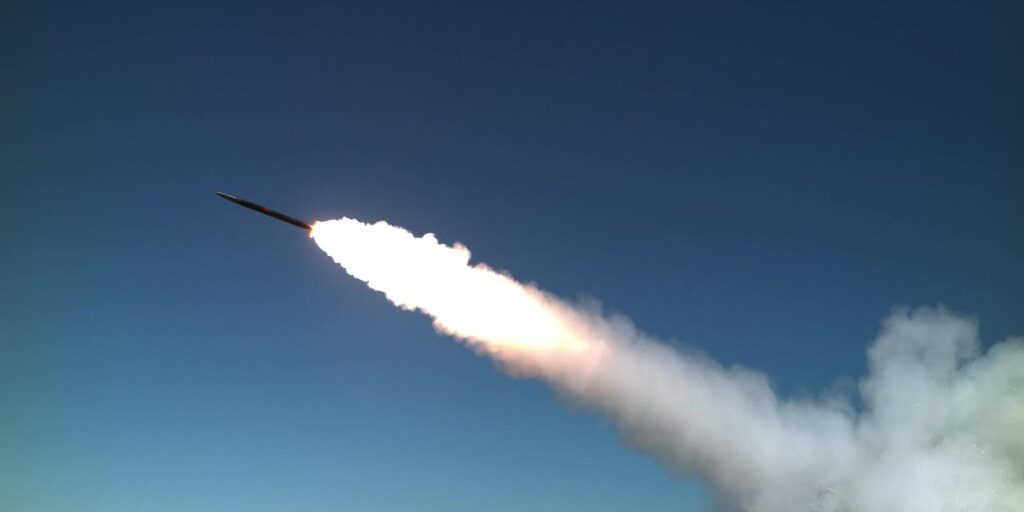The US Army is developing new technology aimed at giving legacy Stinger missiles, shoulder-launched surface-to-air missiles, a much longer reach.
An air defense interceptor program, Red Wasp, has been working on new technology to increase the Stinger’s range, allowing it to hit targets at greater distances.
The Army’s Combat Capabilities Development Command Aviation and Missile Center shared an update on the Red Wasp program Wednesday, highlighting a successful test flight last year and plans for future flights.
The Army said the focus of the program has been on solid-fueled ramjet technology, a dual propulsion cycle that starts with a conventional solid rocket motor to boost the missile to supersonic speed.
Once the booster ultimately burns out, outside air enters the combustion chamber through a port at the front of Stinger’s solid fuel rocket motor, rather than being stored on board, and ignites the ramjet fuel.
“The ramjet cycle thus greatly increases the engine’s delivered performance and ultimately the missile’s range,” the Army center explained.
That’ll help soldiers use Stinger to engage with threats like uncrewed aerial systems with intelligence, surveillance, and reconnaissance capabilities at longer distances, said Capability Area Lead for Air and Missile Defense John Gibbs.
“With Red Wasp, we can reach out and touch them at greater distances,” he said.
Stingers, man-portable air defense systems that fire surface-to-air missiles, have been in service since 1981, with few changes to their range over the past almost 45 years. They’re fired over-the-shoulder and hone in on their target via infrared, making soldiers and insurgents more effective against helicopter gunships.
Red Wasp was a high-risk, high-reward, completely government-owned program to make the system much more lethal, Chappell Ray, deputy capability area lead for air and missile defense, noted.
The Stinger was chosen as a candidate for testing this type of technology a few years ago. At the time, “several industry propulsion experts expressed concerns about the feasibility of applying solid fuel ramjet technology to the Stinger form factor,” Gibbs said. “The team took that as a challenge and within 18 months, successfully demonstrated the concept in a flight test.”
Additional flight testing is expected this summer.
Stingers have been used in combat for decades. For instance, the US made the uneasy decision to share the missile with US-backed Afghan rebels to help erode the Soviet Union’s control of the air. Over the course of the war, an estimated 2,000 and 2,500 were sent. Stingers have also seen combat in other wars, most recently Ukraine. Weeks after Russia’s full-scale invasion of Ukraine, then-US President Joe Biden sent them to Ukraine to shoot down Russian helicopters.
Read the full article here
















